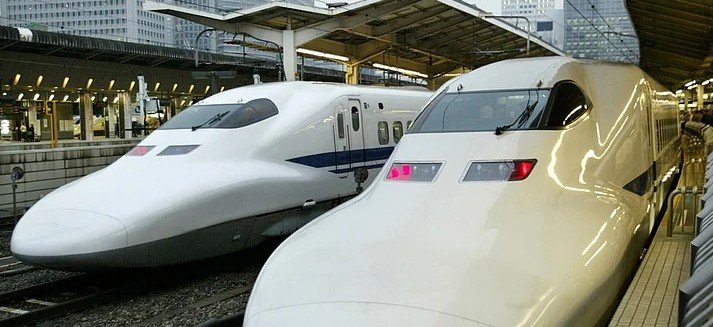India’s Bullet Train Project Accelerates: PM Modi Reviews Work at Surat Station
Mumbai–Ahmedabad High-Speed Rail Project Marks Major Milestone as Work Speeds Up
Bullet Train Dream Nears Reality
India is set to witness a transformative chapter in its railway history as the long-awaited Mumbai–Ahmedabad High-Speed Rail Corridor (MAHSR)—better known as the Bullet Train project—moves rapidly toward completion. After years of planning and discussions, the ambitious project is finally turning into reality.
PM Modi Visits Surat Bullet Train Station
Following a massive political victory in Bihar, Prime Minister Narendra Modi on Saturday visited the Surat Bullet Train Station to review the ongoing work. The project is being executed using cutting-edge engineering technology that meets international standards.
Construction Progress Gains Momentum
The Mumbai–Ahmedabad High-Speed Rail Corridor spans 508 km, making it one of India’s largest and most advanced infrastructure projects.
Key progress highlights include:
-
465 km of bridges planned, representing 85% of the entire project
-
326 km of bridge work completed so far
-
Out of 25 river bridges, construction of 17 bridges has been completed
Engineers and project officials confirmed that the remaining work is progressing at high speed.
Route to Connect Major Cities
The Bullet Train route covers:
-
352 km in Gujarat, Dadra & Nagar Haveli
-
156 km in Maharashtra
The corridor will link several major urban hubs such as:
Sabarmati, Ahmedabad, Anand, Vadodara, Bharuch, Surat, Bilimora, Vapi, Boisar, Virar, Thane, and Mumbai.
Once operational, it will mark the beginning of a new era of high-speed connectivity in India.
India’s Biggest Infrastructure Leap
The MAHSR is not just a rail project—it symbolises India’s entry into the world of high-speed rail technology. With advanced engineering, modern stations, and world-class safety systems, the Bullet Train project promises to significantly cut travel time and boost economic integration across western India.



Comments are closed.